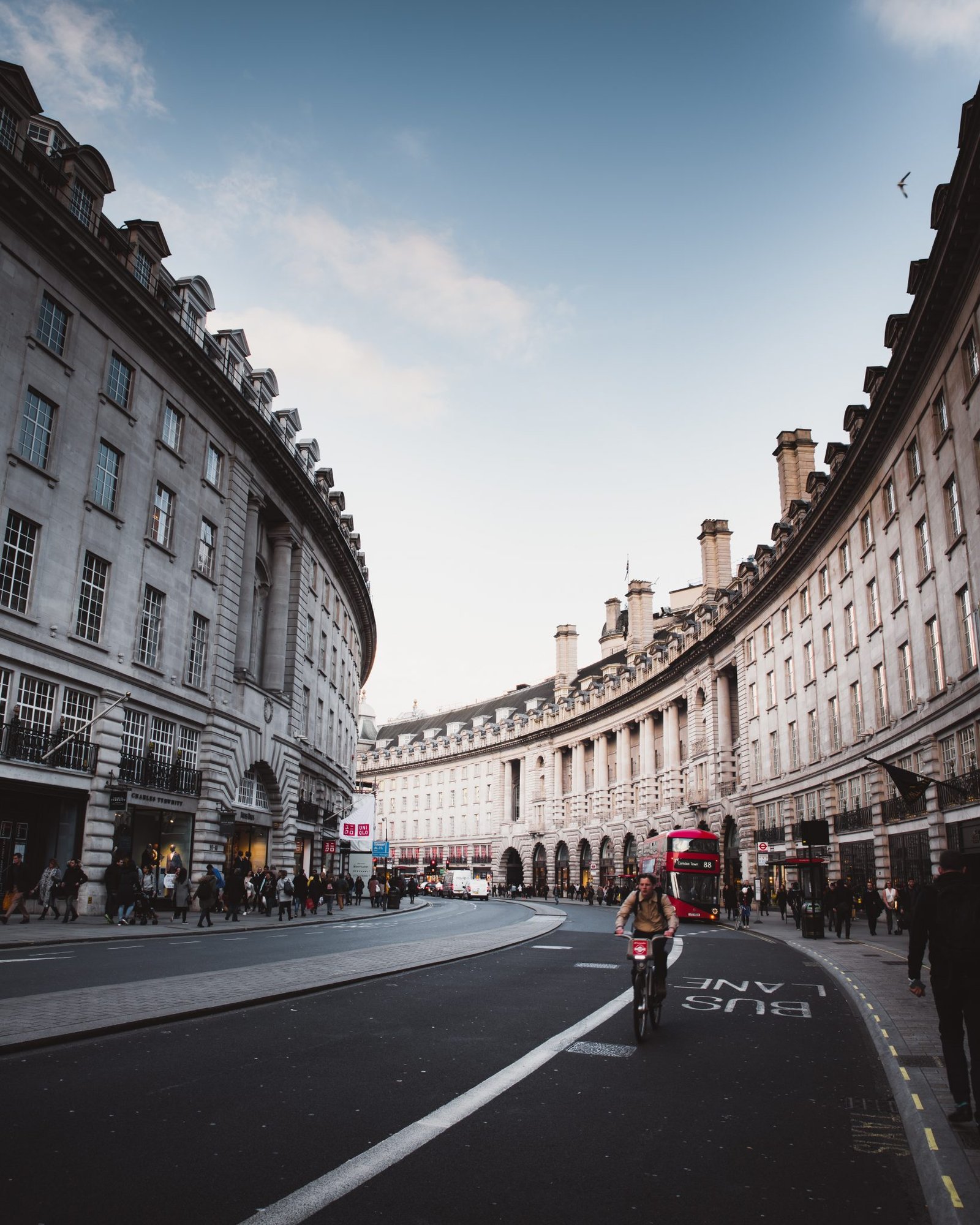When you plan a trip to London, first you think of some of the amazing places to eat, and then you usually think of Big Ben, the Parliament buildings, Buckingham Palace and other historical places.
Of course, there are always crowds at all of these locations because they’re so popular.

While the history in London surrounds the royal family and the empire that England built, there’s a lot of unusual history that surrounds some of the less common sites. This list talks about those less common sites that you can visit, and gives you the history behind those places.
Crossbones Garden
Located just a little bit away from Shakespeare’s Globe theatre, the Crossbones garden is a place of the macabre. This is where the outcasts of London were buried for centuries. With no headstones to commemorate the dead, this garden is estimated to contain around 15,000 paupers. In the 1990s part of the Crossbones Garden was dug up to complete the Jubilee line extension, and in 1996, John Constable was inspired by this location to write The Southwark Mysteries. For anyone looking for an unusual place to visit, the Crossbones Garden is a great place to learn about London’s forgotten.
White’s
White’s, a gentleman’s club in London, has a very unexpected history behind it. Aside from being an exclusive club, it is also where John Montagu, 4th Earl of Sandwich invented the sandwich. While you can’t go inside the club because it is open to members only, you can go to the location. Surprisingly, membership for this exclusive club, that is said to be the location where Ian Fleming wrote the James Bond novels, is reportedly £85,000 per year. This location has a bunch of gossip that surrounds it and Prince Charles is a member; he celebrated his bachelor party before his marriage to Princess Diana at the club.
James J Fox Cigar Merchant
This cigar store is more than just cigars. It is the oldest cigar store in London. This is a great location to learn about some of London’s history; the shop has a museum inside with ledgers that show cigars sold to Oscar Wilde, who never paid his account off, and which talks about cigars sold to Winston Churchill who was quite the avid smoker. Along with the ledgers are old cigars that have been preserved, the chair that Winston Churchill would sit in while he smoked, and Edward VIII’s humidor. Whist it is an unusual way to go about learning history, this shop does offer a unique look at some of London’s most well-known nobility and their cigar purchasing habits. Because of that, James J Fox Cigar Merchant is a great place to get a different perspective on London history.

Photo Description: James J Fox Cigar Merchant
Southwark Needle
If you visit London Tower and London Bridge, then you should take a look at the Southwark Needle which is located at the south end of London Bridge. While the bridge itself carries a lot of history, this monument is a memorial to the heads that used to adorn the pikes on London Bridge. The angled 16-meter-long splinter of stone points out at an angle and was erected in 1999. Eric Parry designed it as part of the Southwark Gateway Project. This needle is a great stop while you’re traveling along to visit London Tower or walk across London Bridge.
The Newgate Execution Bell
If you were condemned to die in the 18th century and you were imprisoned at Newgate Prison, you would have heard the words “All you that in the condemned hole do lie, Prepare you, for tomorrow you shall die” as well as a handbell ring 12 times that signified the stroke of midnight or the “death knell.” This historic bell can be seen behind a glass case in the church of St. Sepulchre in London. This bell was the signal for prisoners that they would die the following day by hanging. The bell served not only as a warning of impending death but also as the last chance to repent before prisoners met their death. While the bell seems insignificant, the history behind it is a reminder of how much less tolerant society in London used to be, making this site worth the visit.
These five locations all serve as a unique glance into the history of London and on a larger scale, England. While one can only wonder who London’s paupers were when they were buried in Crossbones Garden, other places like White’s and James J Fox serve as a look into the other, more lush side of London life. Whichever side you find yourself more interested in, there’s lots to learn on almost every corner in the city.







